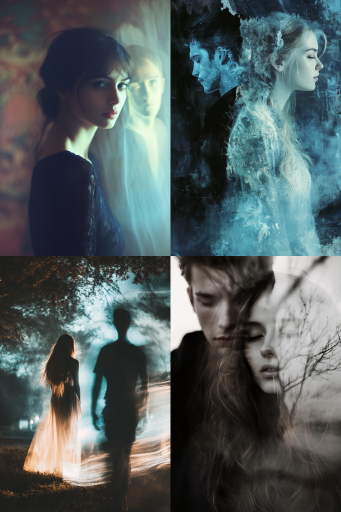Explore the Best AI Image Gallery

AI-Driven Visual Experiences: Redefining Creativity in the Digital Era
Artificial Intelligence (AI) is revolutionizing the way we perceive and engage with visual content. From creating stunning artworks to enhancing multimedia experiences, AI is at the forefront of a creative renaissance. As we delve into this innovative realm, we will explore the transformative impacts of AI on the creative industry, its potential uses, ethical considerations, and future trends that promise to reshape the artistic landscape forever.
The Impact of AI on the Creative Industry
The creative industry has always been a reflection of human expression, thoughts, and emotions. However, the integration of AI technologies is ushering in a new paradigm. Machine learning algorithms can analyze vast amounts of visual data to generate unique images, animations, and designs that are both innovative and aesthetically pleasing. Artists and designers are leveraging AI tools to create artwork that explores concepts beyond traditional boundaries.
- Collaboration: AI serves as a collaborator that pushes the boundaries of creativity. Artists are using AI-generated imagery as a starting point, refining and adding their personal touch to the artwork.
- Accessibility: AI democratizes artistry by making it more accessible. Emerging technologies allow those without formal training to generate art that rivals that of established artists.
- Speed: AI can expedite the design process, enabling artists to produce work faster while maintaining quality.
Potential Uses of AI in Visual Experiences
AI is not just limited to creating standalone artworks; it extends into various sectors:
- Advertising: Brands are adopting AI-generated visuals for campaigns to appeal to specific audiences, utilizing algorithms that predict preferences based on data analysis.
- Gaming: Game developers utilize AI to create immersive environments and realistic characters, enhancing user engagement through visually stunning graphics.
- Film and Animation: AI can assist in editing, visual effects, and even scriptwriting, speeding up production and enhancing storytelling.
- Fashion: Designers employ AI to generate patterns and styles based on current trends, streamlining the design process and personalizing fashion to match consumer preferences.
Ethical Considerations in AI-Driven Visual Experiences
As powerful as AI technologies are in transforming creativity, they also raise significant ethical questions:
- Ownership: Who owns the rights to AI-generated artwork? This question remains contested, especially when AI algorithms are trained on existing works.
- Authenticity: As AI-created art proliferates, the line between human-made and machine-generated art blurs, potentially undermining the authenticity associated with traditional art forms.
- Job Displacement: The rise of AI in creative sectors poses a risk of job loss for artists and designers. Understanding how to integrate AI while preserving human input is crucial.
Future Trends in AI-Driven Visual Experiences
The future of AI in visual experiences is brimming with opportunities. Here are some anticipated trends:
- Personalized Experiences: We can expect AI to create hyper-personalized visual experiences tailored to individual preferences and behaviors, enhancing user engagement across platforms.
- Augmented Reality (AR) and Virtual Reality (VR): AI will enable more immersive and interactive AR and VR experiences, bridging the gap between the real and digital worlds.
- Real-Time Collaboration: Future tools may allow real-time collaboration between human creators and AI, fostering a new class of co-creators.
In conclusion, AI is not merely a tool but a revolutionary force that is redefining the very fabric of creativity. By enhancing artistic capabilities, improving efficiency, and making art more accessible, AI-driven visual experiences promise to create an engaging and transformative landscape for both creators and audiences. However, as we sail into this uncharted territory, it is imperative to tread mindfully and consider the ethical implications that accompany this technological advance. The journey forward in AI-driven visual experiences is as exciting as it is complex, and it invites us all to be part of the ongoing conversation about the intersection of creativity and technology.